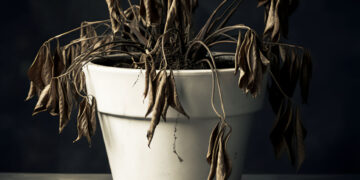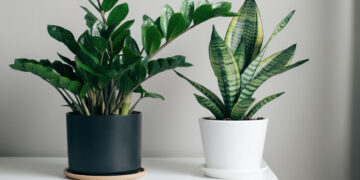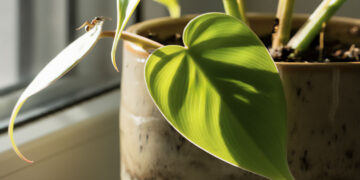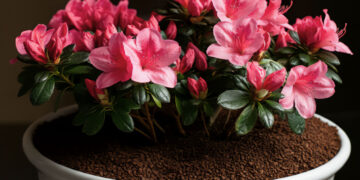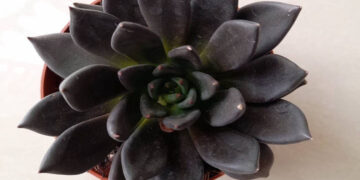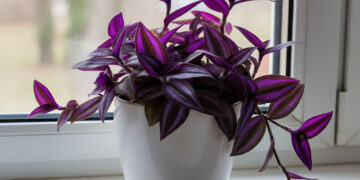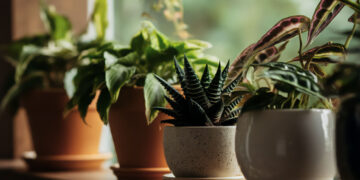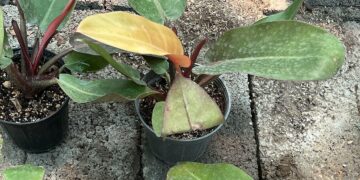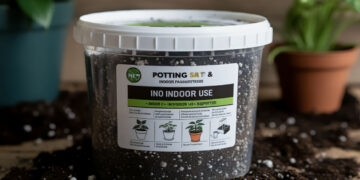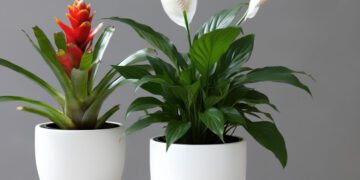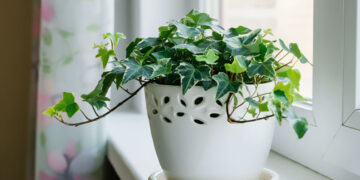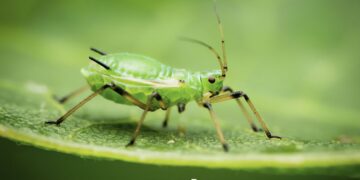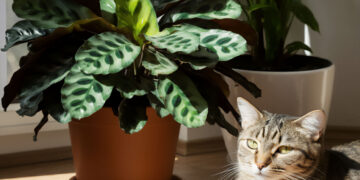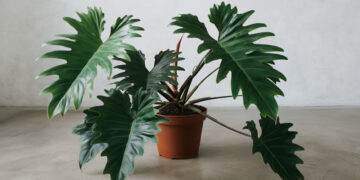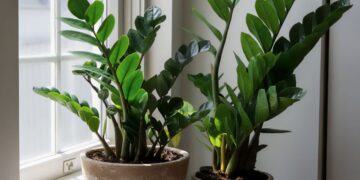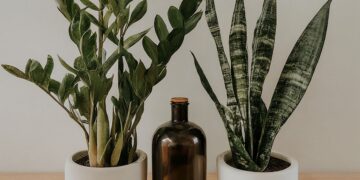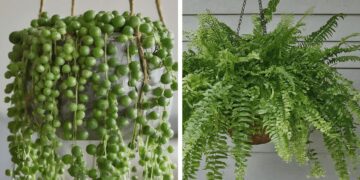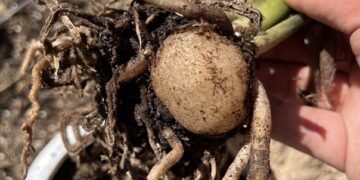
The ZZ plant, scientifically known as Zamioculcas zamiifolia, is a popular choice for gardens due to its low maintenance requirements and attractive appearance. It can thrive in many interior environments, making it a favored option for indoor decor.
However, a common question arises: What type of soil is best for a ZZ plant? The ideal soil should allow for efficient drainage while retaining sufficient moisture. It’s often recommended to mix perlite or coarse sand with organic elements like compost or peat moss, along with all-purpose potting soil.
This combination ensures well-aerated soil with a pH ranging from slightly acidic to neutral, promoting optimal root health for the plant.
Understanding ZZ Plant Soil Requirements
ZZ plants favor soils similar to those found in the tropics. It requires a specific type of soil to function properly. The soil should retain some water to prevent the roots from drowning but not an excessive amount.
It also needs air pockets for the roots to breathe. Too much moisture can cause root rot, which is harmful to the plant. The soil should be slightly acidic or neutral, aiding in nutrient absorption. Rich organic matter such as compost or peat moss is essential for the plant’s nutrition.

You might also like: How to care for ZZ plant
Creating the Perfect ZZ Plant Soil Mix
Creating the ideal soil for ZZ plants is akin to providing a cozy home for them to thrive. It’s necessary to blend several materials to ensure the soil retains sufficient moisture without becoming oversaturated.
Start with ordinary potting soil as the base, providing crucial nutrients and structure. Add an equal amount of coarse sand or perlite to facilitate air entry into the soil and allow water to drain away from the roots. Coarse sand helps water drain more rapidly.
The third essential ingredient is compost or other decomposed organic matter, which helps retain moisture without becoming overly soggy and enriches the soil with nutrients.
A mix of two parts potting soil, one part perlite or coarse sand, and one part organic matter effectively balances moisture retention, drainage, and nutrient supply. Regular inspection and adjustment of the soil mix ensure robust and healthy ZZ plant growth.
You might also like: ZZ Plant Leaves Curling: Uncover the Causes and Solutions
My Own Experience
My experience with ZZ plants has taught me that while they are highly adaptable, they do require particular attention. Initially using a regular potting mix, I noticed slower growth and less vibrant foliage.
After researching and testing, I switched to a bespoke soil blend, adding equal amounts of peat moss, perlite, and all-purpose potting soil. This alteration significantly improved plant growth and leaf vibrancy.
This experience underscored the importance of recognizing and accommodating the specific requirements of each plant variety, demonstrating how minor maintenance adjustments can lead to noticeably healthier and more attractive plants.
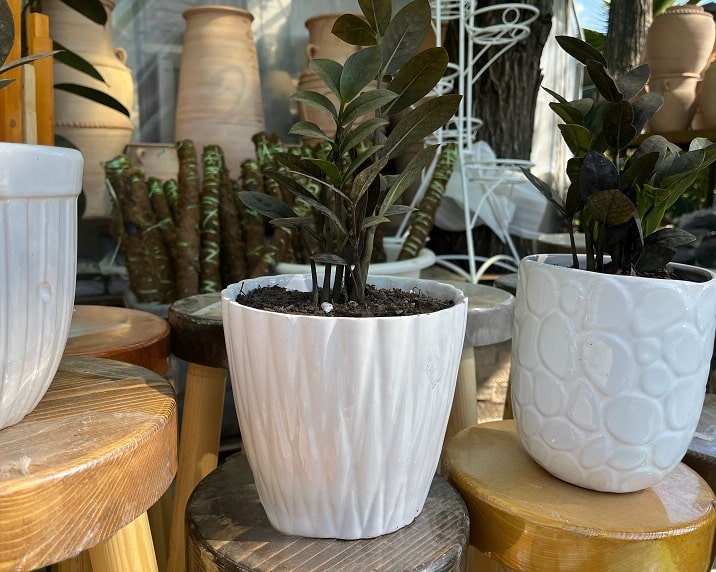
Common Signs You’re Using the Wrong Soil Mix for ZZ Plants
It’s crucial to recognize signs that the soil is unsuitable for ZZ plants to maintain their good health. Yellowing foliage may indicate excessive water or poorly draining soil.
Curled or brown leaves could signal overly compacted or nutrient-deficient soil. Slow leaf production or growth may suggest inadequate soil support.
A rotting root system or mushy stem at the bottom may indicate soil retaining too much water. These indicators highlight the importance of using the appropriate soil mix.
Best Pots for ZZ Plants
Selecting the right pot and soil type is crucial for ZZ plants. The ideal pot allows water to flow out easily to prevent overwatering and root damage.
Clay or terracotta pots work well as they regulate water retention and allow air circulation. Ensure the pot has drainage holes at the bottom.
Choose a pot slightly larger than the plant’s roots to allow ample growth without overcrowding the soil. ZZ plants thrive when planted in the ideal pot with the correct soil.
Advanced Tips for ZZ Plant Soil Care
This section will deal with more advanced approaches to ZZ plants and those owners who want to provide extra care for their plants.
Firstly, always consider the season concerning the plant’s growth. Just like any creature, during the growing seasons, namely spring to summer, they require additional nutrients, water, and light.
It’s important to note that during warmer seasons, water evaporates faster, and the soil dries quicker, necessitating more frequent watering. This trend reverses during winter.
When using fertilizer, the ZZ plant requires half the strength of the package, and the fertilizer must be water-soluble.
The ZZ plant’s ideal pH is slightly acidic to neutral, which can be adjusted by adding sulfur to the soil.
Continuous watering washes the top soil layers of nutrients and creates solid, hard soil beneath. It is recommended to periodically mix and replenish the surface of the soil.
Repotting Your ZZ Plant: When and How
On average, this crucial task is suggested to be carried out once every 18 to 24 months. Sometimes, it’s best to inspect the plant to realize whether it needs it.
Roots poking out of the drainage holes, for instance, are a sign that the plant needs more space for its roots. Slowed growth is another less tangible sign, or when the soil starts to dry faster than it used to.
Once you’ve made the decision to repot, the successor pot is better to be larger than its predecessor, and of course, make sure there are enough holes for water drainage.
Gently pull off the ZZ plant from the soil, while doing so, inspect the root health and trim off any dried, rotten pieces of it.
Once placed in the new pot, pour it with suitable soil mix, and make sure the water is draining properly.
Then proceed to water the plant very lightly; this will help settle the soil and, for want of a better word, reduce the transplant shock to the plant.
Here’s a source that might be interesting to read.

FAQs
Do ZZ plants tolerate low light conditions well?
Yes, they can and do grow in low light environments, which makes them quite resilient in different ambient conditions.
Are ZZ plants toxic to pets?
Yes, their leaves contain toxic substances that can cause problems if ingested by pets.
How fast do ZZ plants grow?
ZZ plants are categorized as slow growers. This becomes more pronounced if kept in low light and suboptimal conditions.
Can I propagate a ZZ plant from a leaf?
Yes, ZZ plants are not difficult to propagate. It can be done by their leaves or stems. However, it should be kept in mind that the procedure is tedious and time-consuming to see results.
Why are the leaves on my ZZ plant turning yellow?
In general, yellowing leaves are a sign of overwatering or poor drainage. Make sure that these two are well controlled.
Do ZZ plants need fertilizer?
Yes, the plant, like any other, needs nutrients. Despite being resilient, fertilizing the soil every now and then can boost up its immune system as well as its growth and blooming. It is advised to use a water-soluble form and apply it at half the strength once every month during the growing season.
